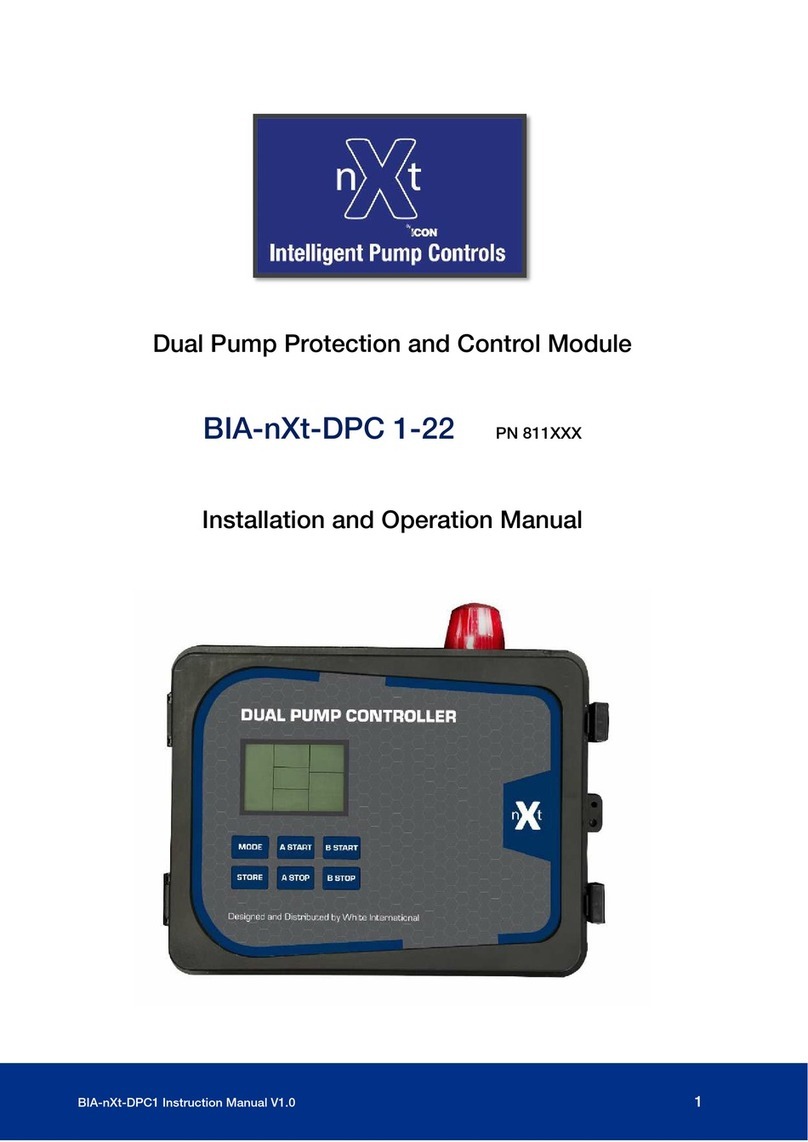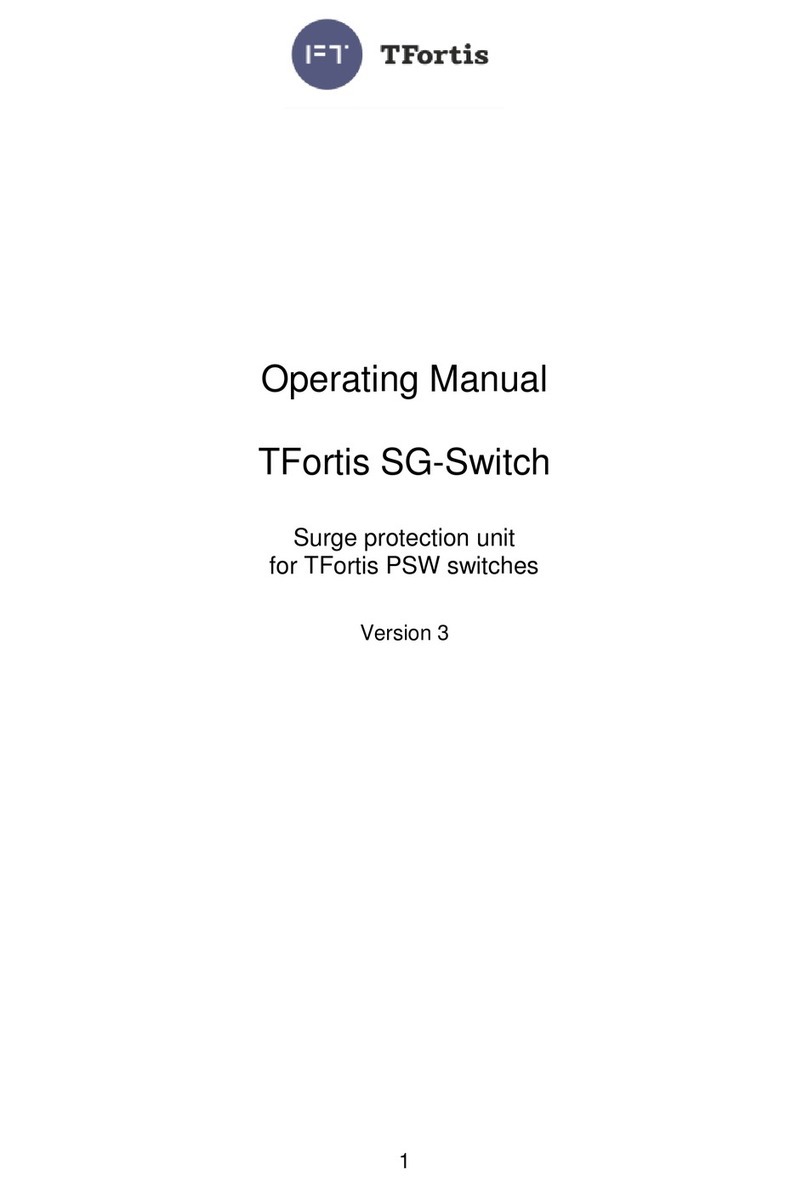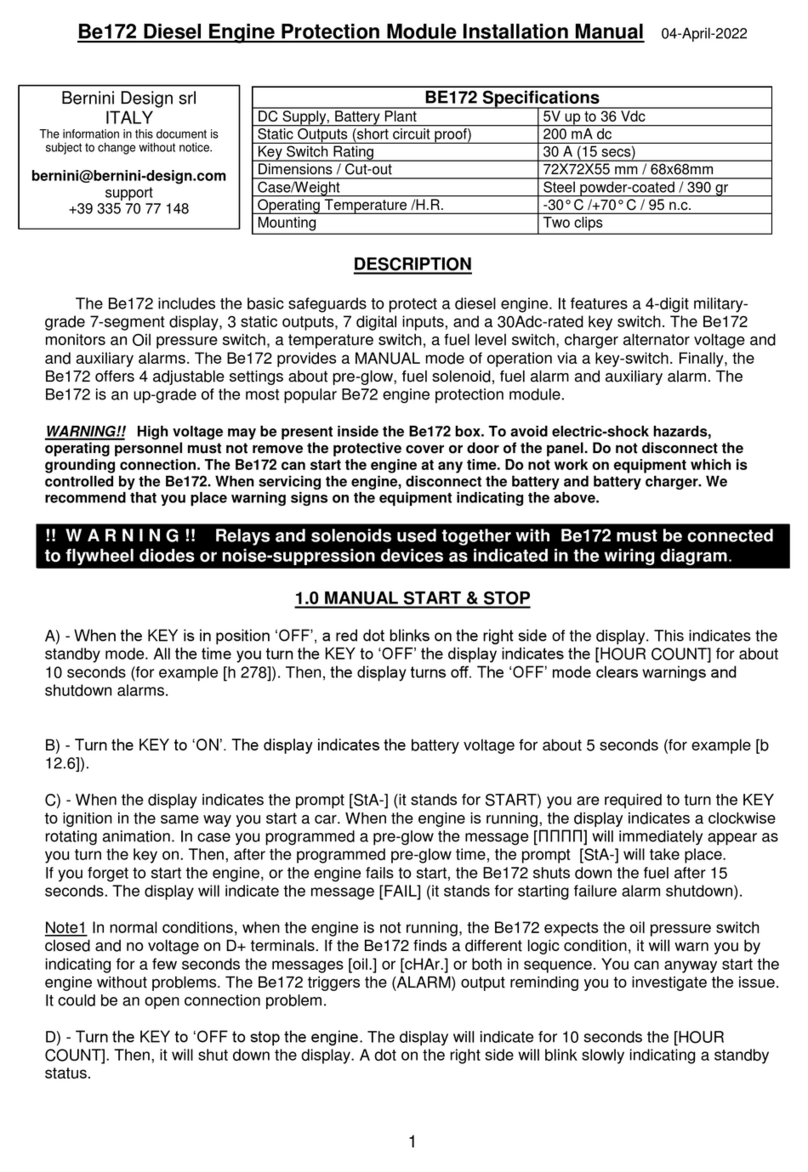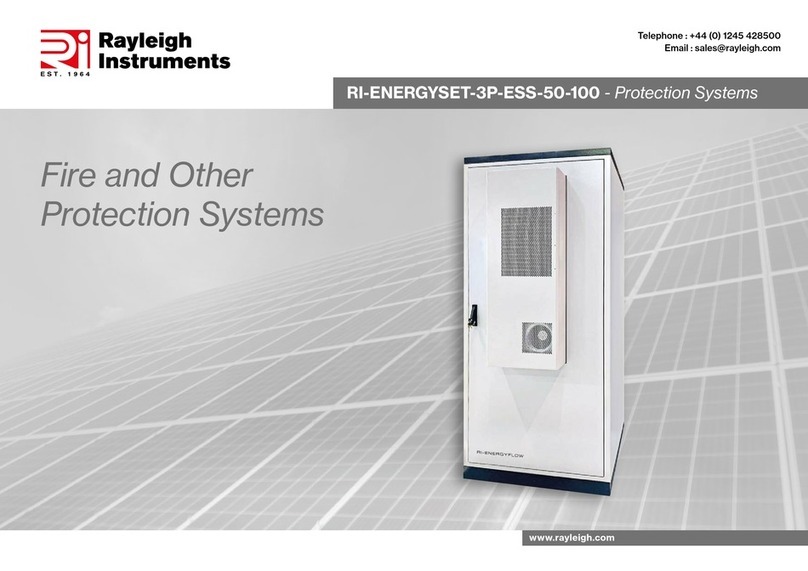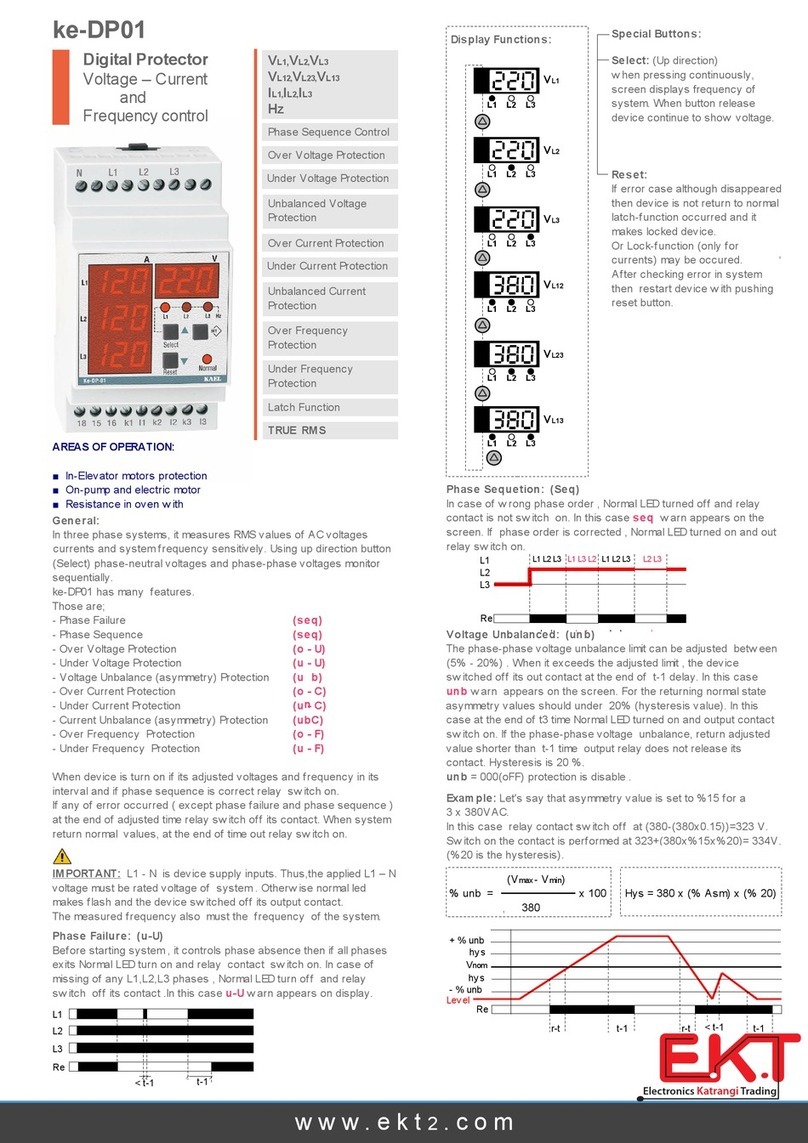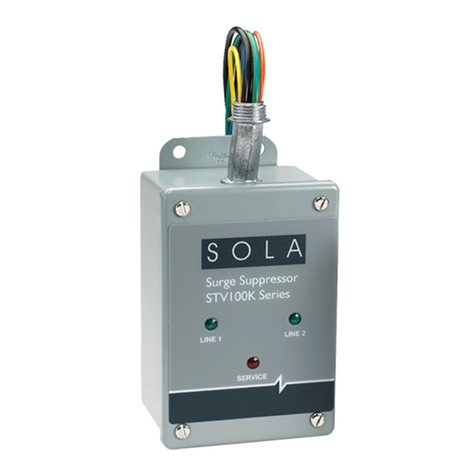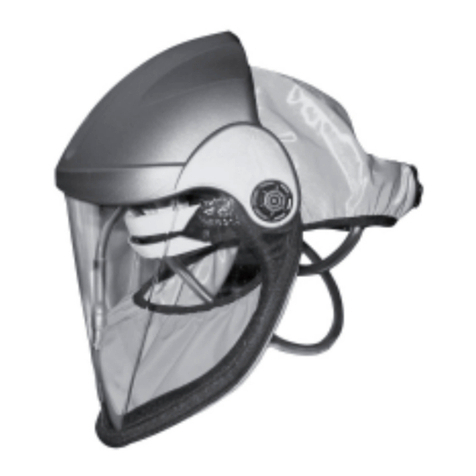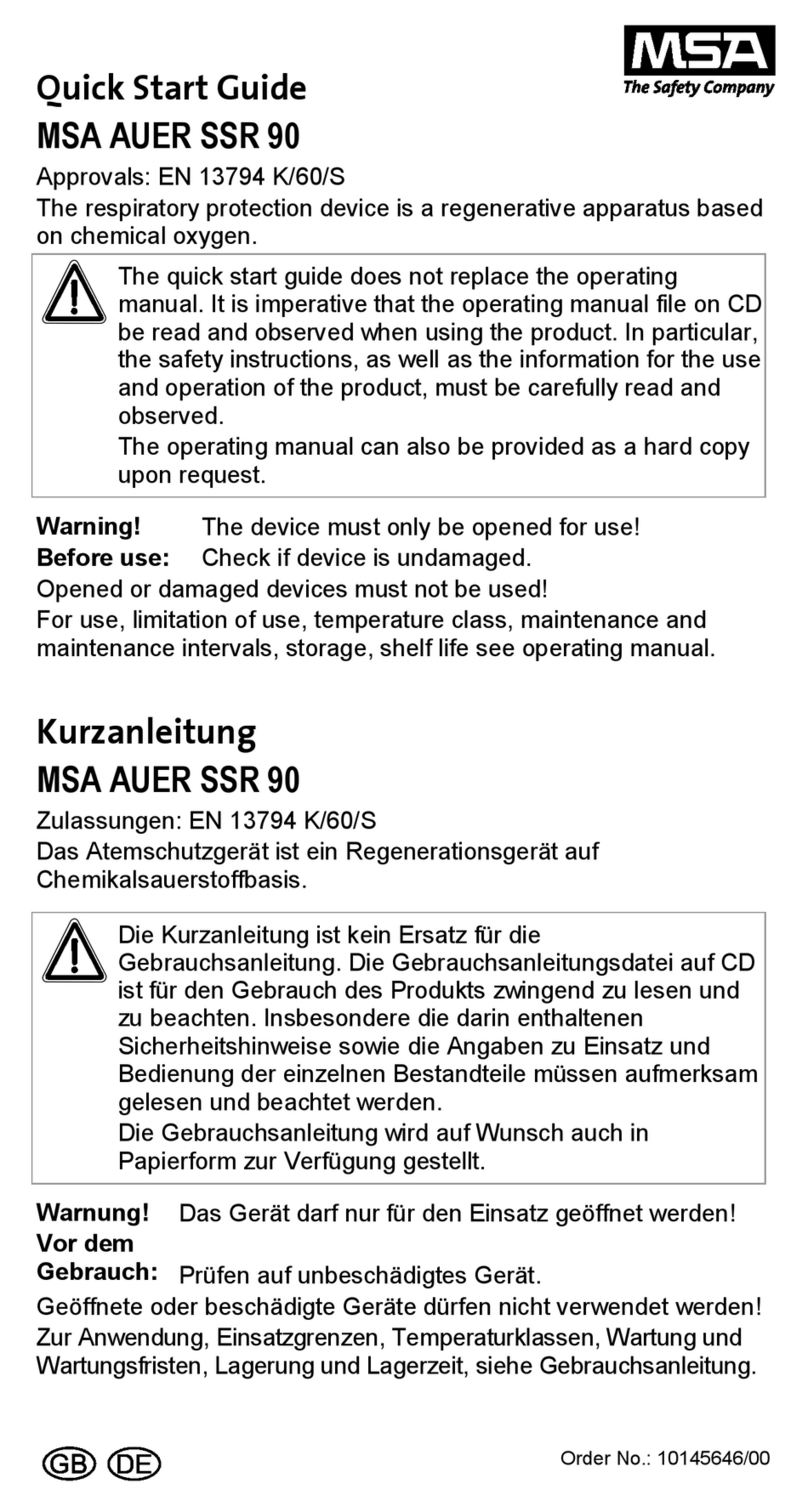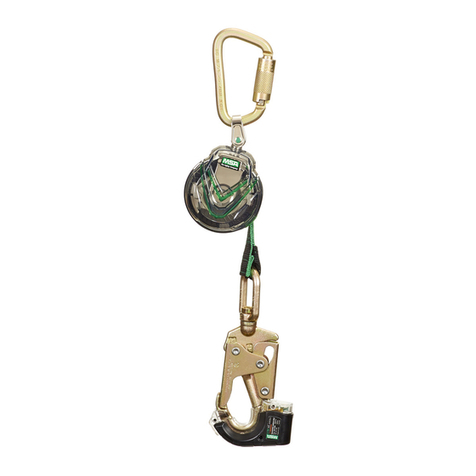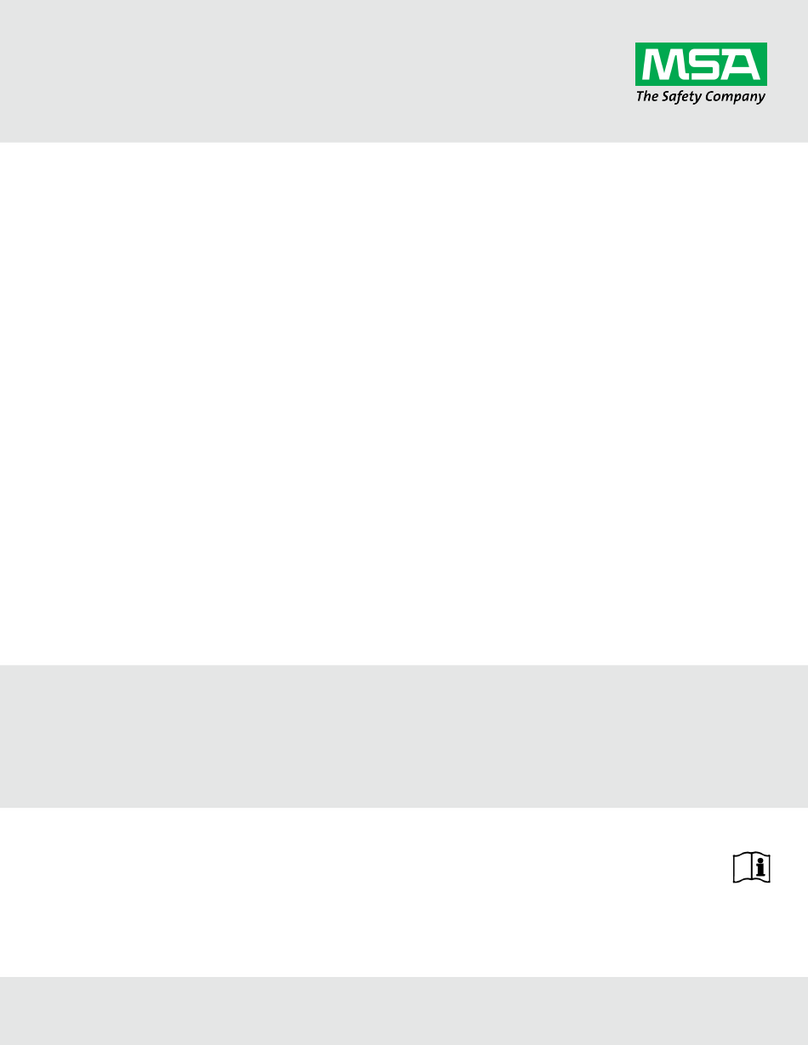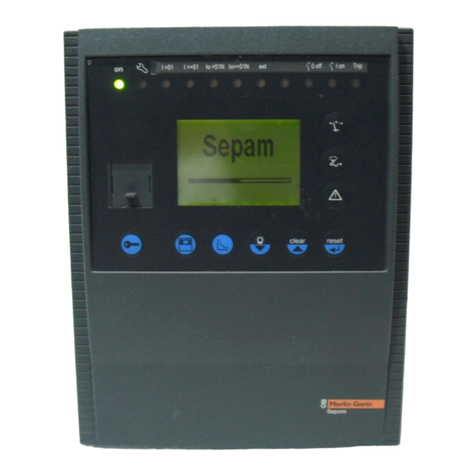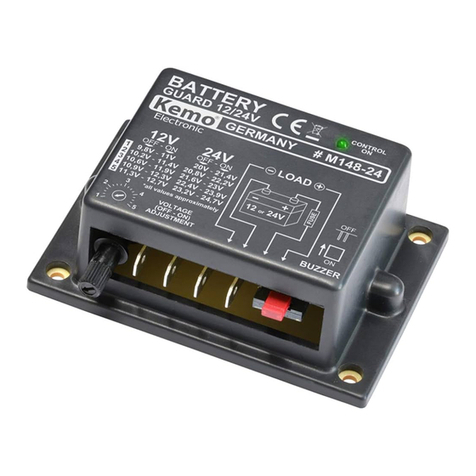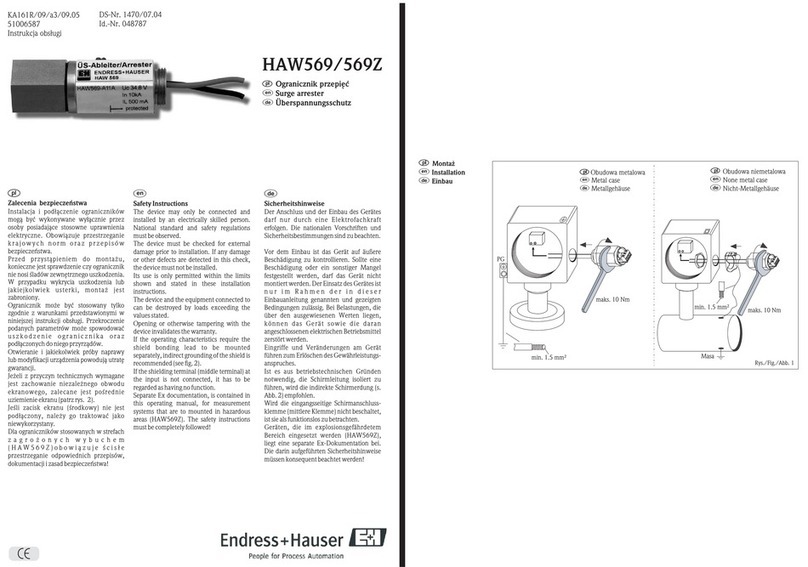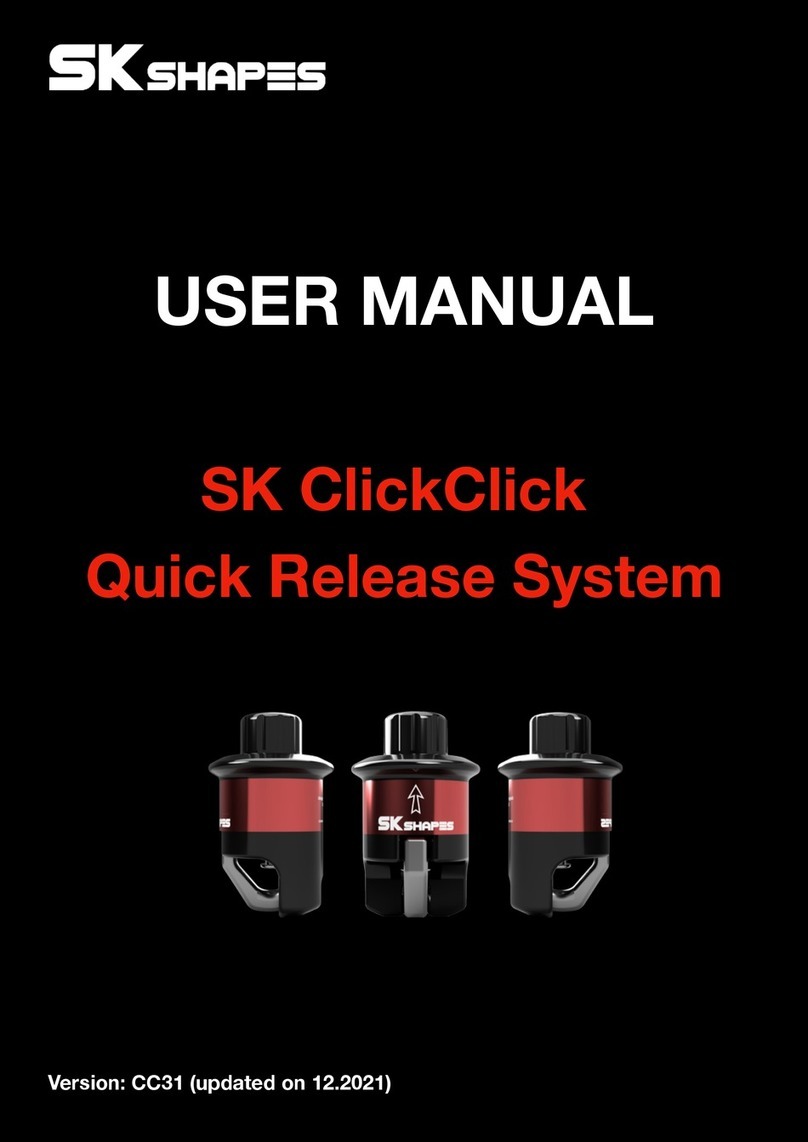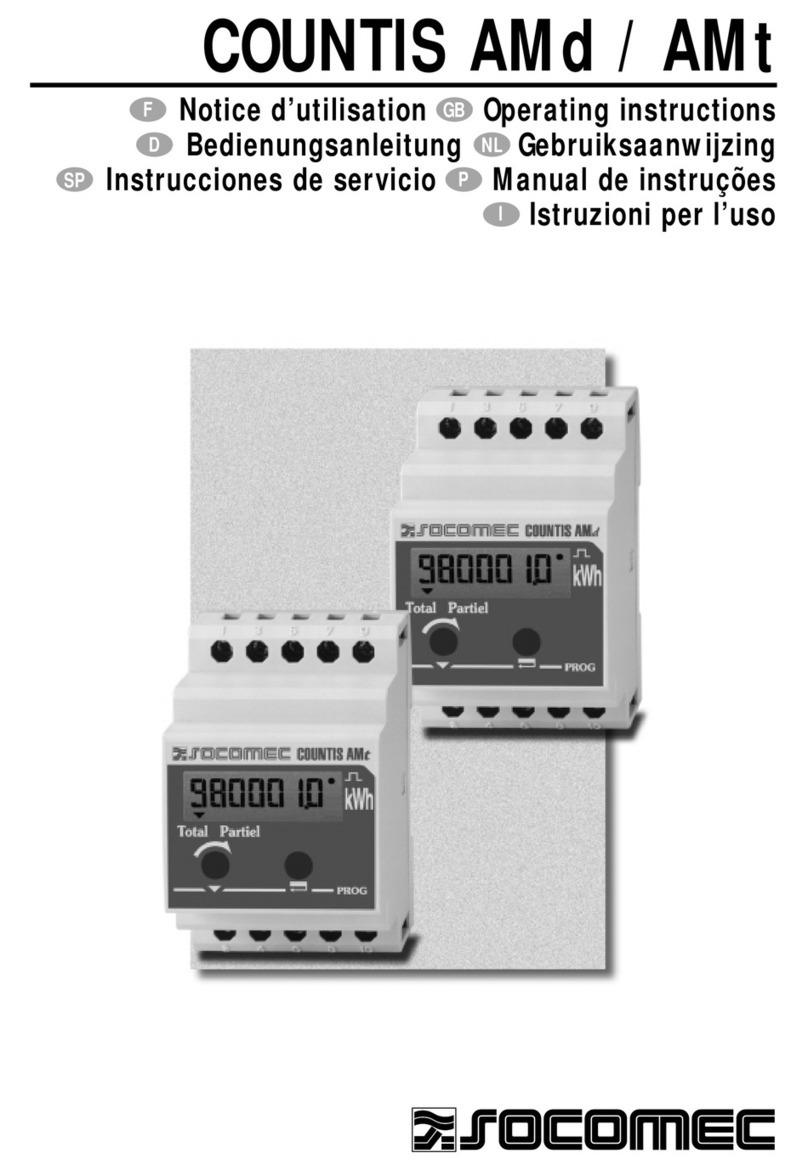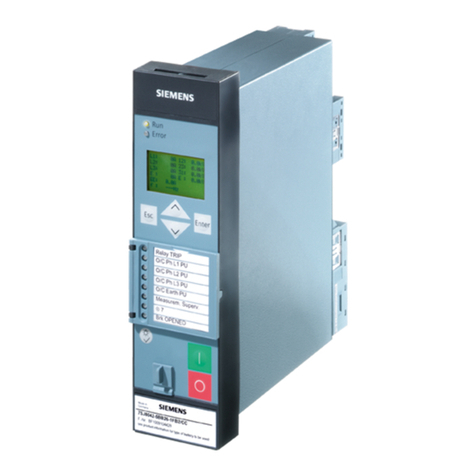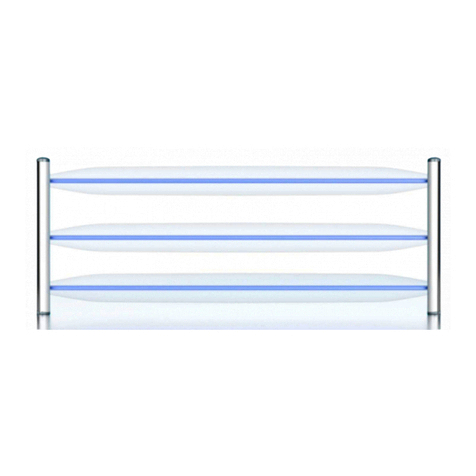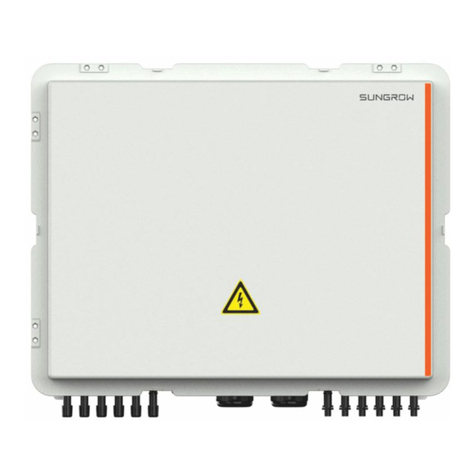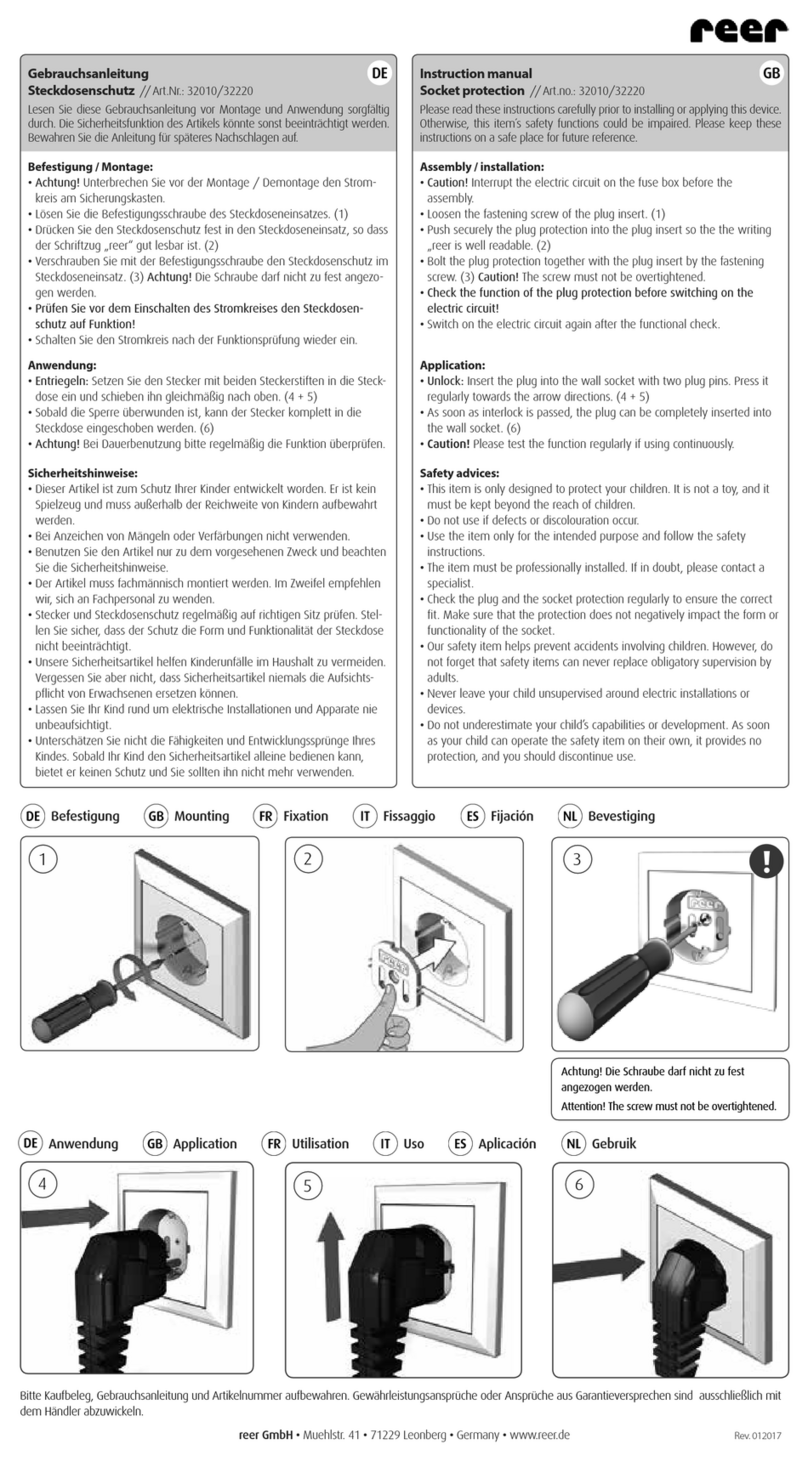
10
FR
1 Informations générales
Les instructions doivent être conservées et fournies à tous les utilisateurs de la
Latchways Leading Edge SRL dans la langue du pays de destination, même après
revente. Le non-respect de ces instructions peut entraîner des blessures graves, voire
mortelles.
Une déclaration de conformité peut être téléchargée sur
www.latchways.com/declaration_of_conformity_627
Informations sur la garantie
Les termes et conditions de la garantie sont disponibles sur
www.latchways.com/warranty.
2 Marquage du produit
1
numéro de modèle
7
Standard
2
Numéro de série
8
Ne pas utiliser
3
Date de fabrication MM/YY
9Limites du produit
4
Longueur
10
Avertissement de produit
5
Indicateur de charge
11
Contrôles avant utilisation
6
Numéro de l’organisme notié
12
Date du prochain entretien
3 Usage prévu et restrictions imposées au produit
La Latchways Leading Edge SRL est conçue pour être utilisée dans les cas où une
chute peut se produire par-dessus un bord, par exemple toiture, construction au bord
d’une structure, etc.
MSA Latchways®Leading Edge SRL
Mode d’emploi
*La date de la première utilisation doit être prouvée sur le plan administratif. Lorsque la date de la première
utilisation n’est pas connue, la date précédente prouvable (sur le plan administratif) doit être utilisée, par ex. :
date d’achat ou date de fabrication.
1. Bord de Type A: Un bord en acier ayant un rayon r = 0,5 mm et sans bavures a été utilisée pour le test. Ceci
correspond à des prolés en acier laminé, poutres ou revêtement en bois, murs acrotères arrondis.
Conformément à la norme EN 360:2002 VG11, la Latchways Leading Edge SRL est
prévue pour servir d’élément de raccordement dans un système antichute individuel.
Cette longe doit normalement être utilisée verticalement dans des situations requérant
à la fois la mobilité de l’utilisateur et une protection antichute. Elle peut aussi être
utilisée horizontalement, comme indiqué dans ces consignes. La Latchways Leading
Edge SRL a été testée pour une utilisation horizontale, et une chute par-dessus un
bord de Type A1a fait l’objet de tests concluants.
Aux termes des directives HSE (Hygiène, Sécurité, Environnement) du Royaume-
Uni, il est interdit d’utiliser la Latchways Leading Edge SRL au Royaume-Uni.
Date de première utilisation : (page 3) est dénie comme étant le jour où
l’équipement est retiré de son
